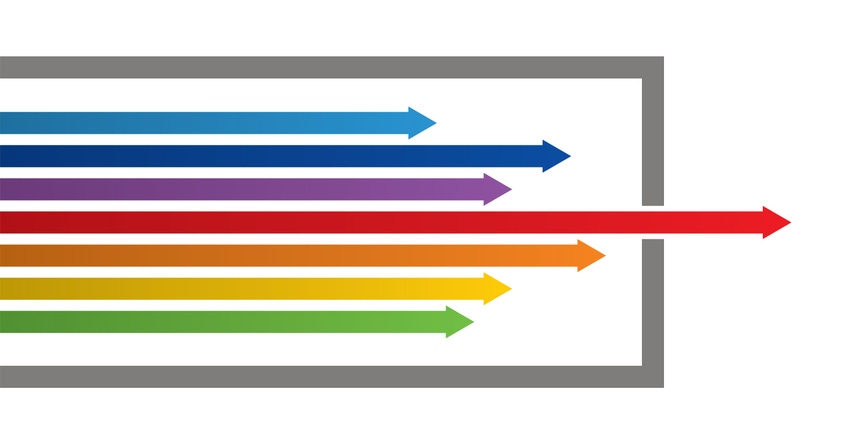Be like a flea: Jump to the height of your natural capacity
We make our living in an uncertain world. But in all that uncertainty lurks huge opportunity. Find it.

“I used to believe that the power was in the answer. It is not. The power is in the question.”
That’s one of the many words of wisdom that Tom Field, a Colorado commercial cow-calf producer and head of the Engler Entrepreneurial Program at the University of Nebraska Lincoln dropped on a packed crowd of young beef producers (with a few gray heads sprinkled in) during the Young Producer’s session at the recent Beef Improvement Federation meeting in Brookings, S.D.
Field says we live in a VUCA world—volatile, uncertain, complex and ambiguous. “And that is not going to change in the foreseeable future. So the power of the questions you use is even more important today and will get even more important [in the future] because this is the world we live in. This is our normal. If you don't like this, you have chosen the wrong era to be alive.
“And you know what? Huge opportunities in the midst of this.”
Field says people usually aren’t interested in change because change isn't that much fun. “And those of us in agriculture really seem to be resistant to change. [But] let me tell you what; the world is interested in us.”
He showed a list of 600-700 ag-focused companies in the Silicon Valley, many that are focused in livestock production. “And many of them run by people who didn't grow up in agriculture, but almost all of whom are investing serious capital and intellectual capacity in changing the way we do business,” he says.
“It’s one of the greatest opportunities in our history. For the first time in a very, very long time, an entire generation of very bright, smart, disruptive people care about what we're doing. They want into agriculture. Now they may want to do it differently than we've done, but we get a chance to access a brand-new generation of talent if we'll choose it.”
But to take advantage of opportunities, Field says we can’t hold ourselves back. He uses the flea as an example.
“A flea can jump about 8 inches. That's close to about 180 times their length. That's their natural capacity,” he says.
But take a population of fleas and stick them in a jar. Not just any jar. This closed system is about 4 inches high. Punch a few holes in the lid and leave them in there for three days—72 hours.
“We can pull the lid off of that and a population of creatures that could jump 8 inches will not leave that jar because they've now been trained to jump no higher than 4 inches. Is that what we've done to our children and our employees? That we put them in the jar, capped it and trained them to only use half of their natural capacity?”
If that question didn’t make the assemblage a little uncomfortable, he hit them with this: “If all of your friends are cowboys or cowgirls, you have a problem. Your circle is too narrow. You want to really learn innovation, you're going to have to hang out with people who don't necessarily think, talk, behave or look like you.”
He says their ranch in Colorado has gotten a lot better because his dad did something really interesting about 20 years ago. “He started inviting people to our brandings who were people who had been critical of agriculture in our county. You ought to come to our brandings now. It's the craziest group of people. There are nurses, the county attorney, you've got hair down to here, hippies, cowboys, doctors, lobbyists, it’s everybody.”
And everybody has learned some skill at the branding table. “Most importantly, what we've learned is to listen to what they're observing, what they're having to say about the land, people, product, the way we do things. Pretty valuable.”
About the Author(s)
You May Also Like


.png?width=300&auto=webp&quality=80&disable=upscale)
